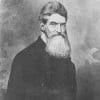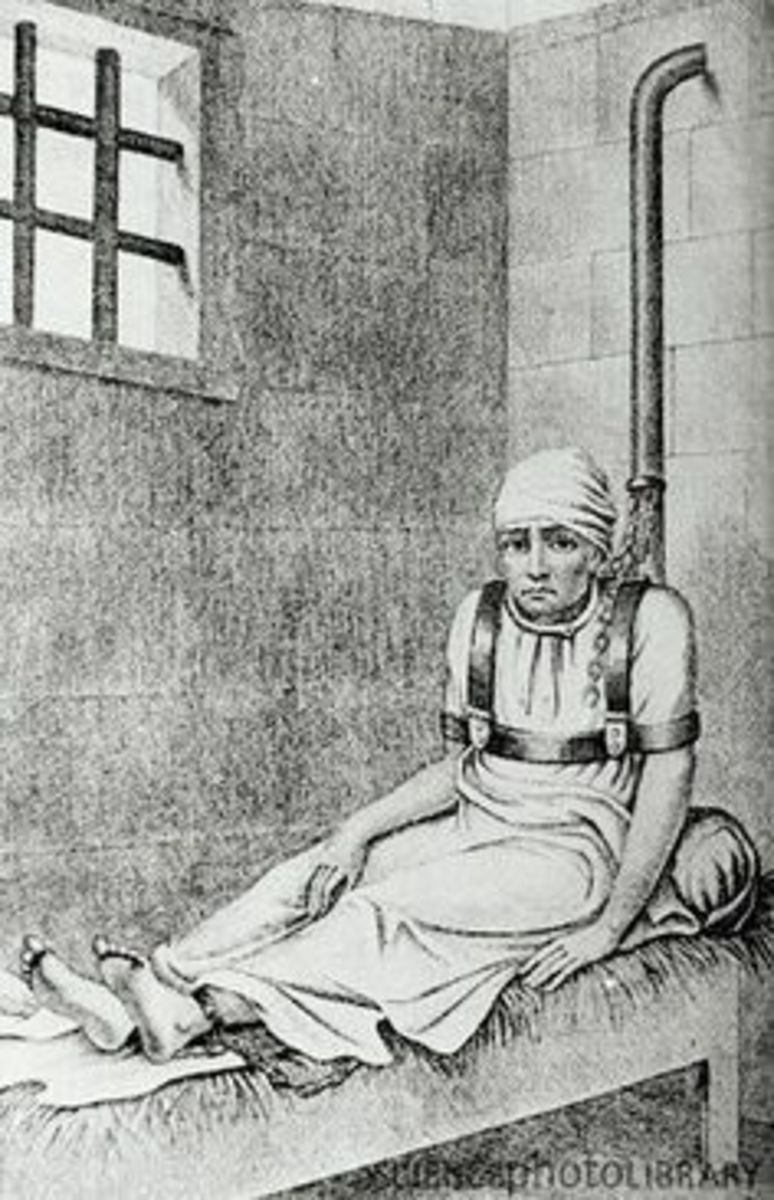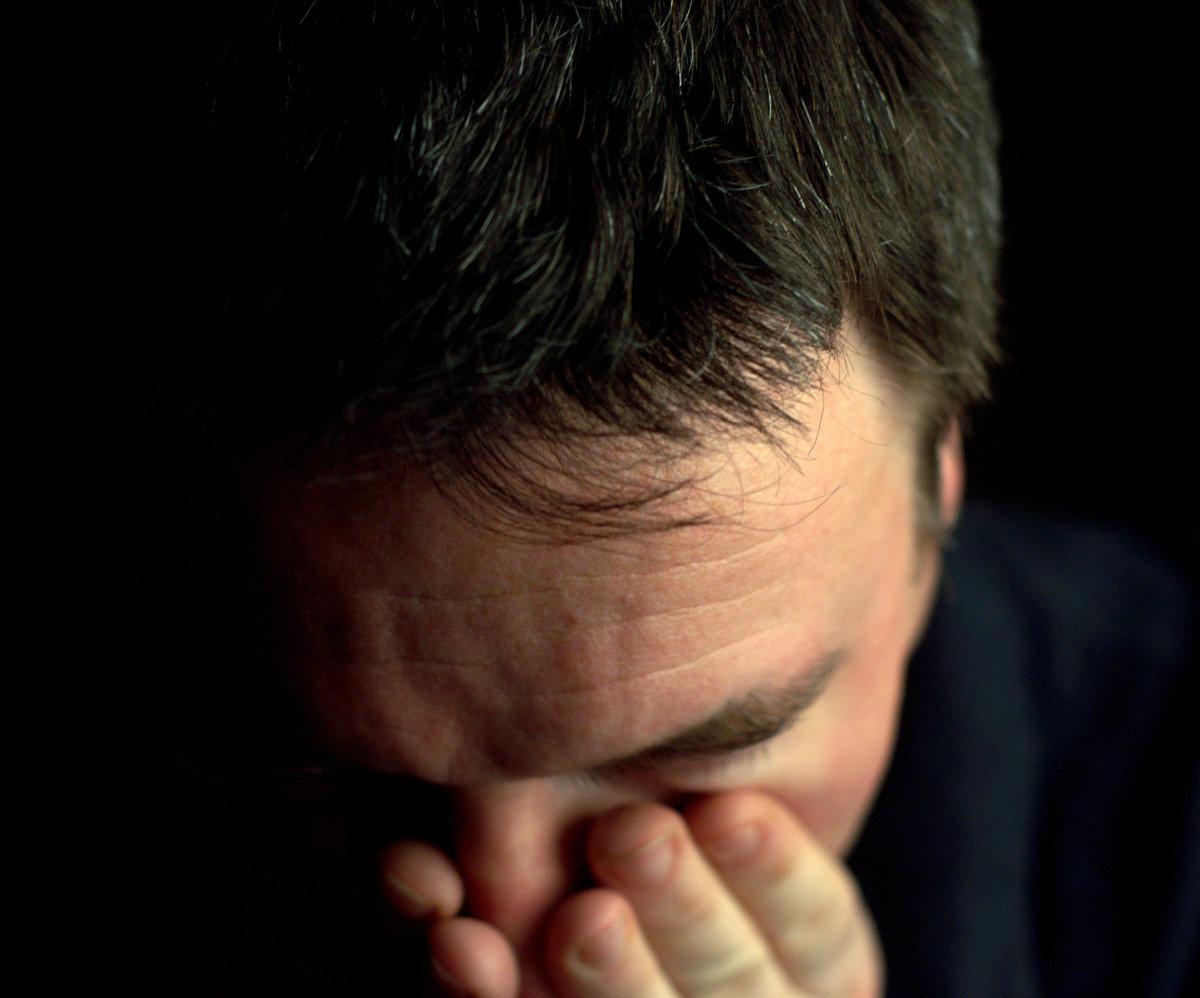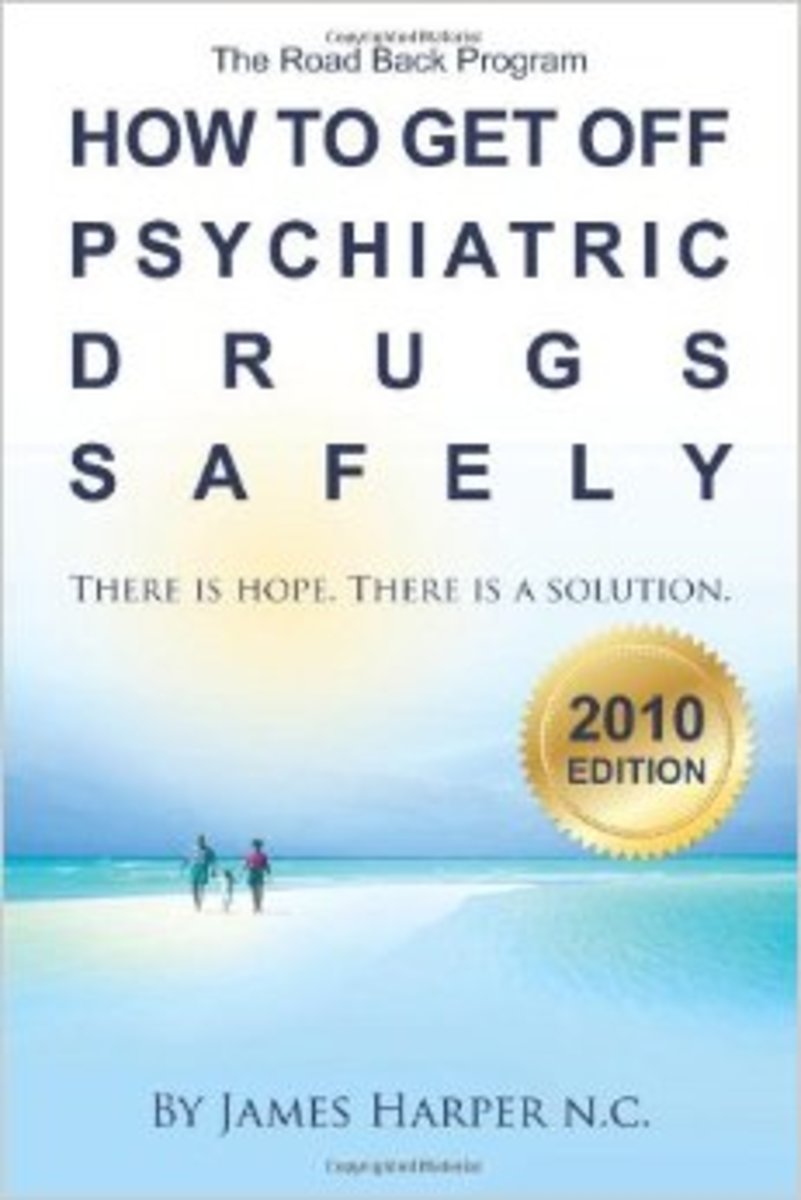The War on Drugs Is a War on Mental Health: Psilocybin
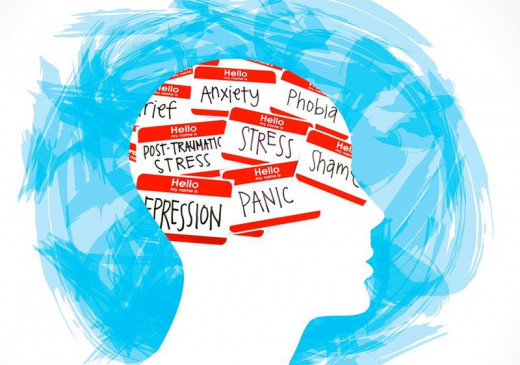
Early History
Psilocybin, the main hallucinogenic compound found in many “magic mushrooms,'' has been used for centuries as a spiritual sacrament. The representation of psychoactive mushroom use goes as far back as 9,000 years, in the form of cave paintings (1). These sacraments were used in rituals for centuries by the inhabitants of Central America, which is believed to date back at least 3,500 years (2). In 1927, future ethnomycologist R. Gordon Wasson first ingested edible mushrooms on his honeymoon in the Appalachian Mountains. His experience led him into the research field of ethnomycology, regularly traveling back and forth to Mexico to study different species of Mushrooms. It was in 1955 when he and his photographer earned the opportunity to participate in a hallucinogenic ritual with the indigenous inhabitants of the region known as the Mazateca. Wasson took his findings (and some samples) back to the United States, claiming to be the first Caucasians to participate in such an event. The findings were so curious that Wasson’s expeditions were funded by the CIA in 1956 as a part of MK-Ultra; the highly classified mind-control project being conducted by the U.S. government (3). The following year, Life magazine published Wasson’s article “Seeking The Magic Mushroom,” which offered the first information about hallucinogenic mushrooms to a large audience. In 1958, A Swiss chemist named Albert Hoffman (the same chemist that also discovered LSD) synthesized Psilocybin for the first time.
It’s common knowledge that Harvard University is one of the most prestigious schools in the world; what’s little known is that it was home to the Harvard Psilocybin Project in the 1960s. A young psychologist by the name of Timothy Leary began lecturing at the university in 1960 along with his assistant, Richard Alpert. The project began shortly after their arrival, with the goal of studying the effects of mind-altering substances on human consciousness. After a couple of years, other faculty members became wary of the psychiatrists' research, claiming that it lacked the necessary elements of safety. Leary and Alpert made an agreement with the university promising to eliminate undergraduate students from their research. The compromise didn’t last long though, as the following year Alpert and Leary were fired from Harvard under suspicion that they were administering hallucinogens to students off-campus. Both men were the first and only professors to be fired from the university. Alpert went on to become a world-renowned guru and authored the popular book “Be Here Now”. After his dismissal from Harvard, Leary ran for Governor of California, eventually losing to Ronald Reagan. A year later he did prison time for marijuana possession before being pardoned by California Governor Jerry Brown in 1976 (4). Along with other psychedelic substances, Psilocybin was banned by the U.S. Government in 1968, and had limited research conducted on it for decades due to it being listed as a Schedule I drug in the U.S.
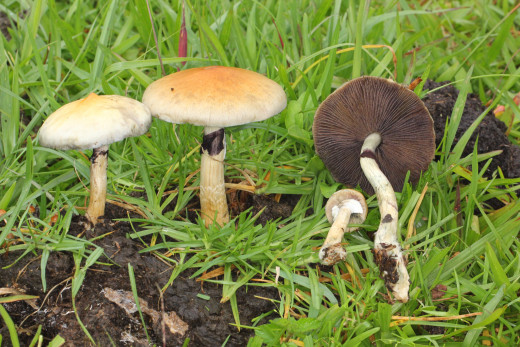
Beckley Foundation Study
Psilocybin may be the most effective weapon yet when it comes to convincing the FDA to consider legalizing alternative medicines. There have been a number of recent studies on the correlation between psilocybin and an improvement in mental health. A study by the Beckley Foundation found that upon a checkup post-treatment, all 20 subjects had reduced levels of Anxiety. The researchers believe that psilocybin ‘resets’ some circuits in the brain known as a cause for depression (5).
A study by the Beckley Foundation noted that upon a post-treatment checkup, all 20 subjects had reduced levels of Anxiety. The researchers believe that psilocybin ‘resets’ some circuits in the brain known as a cause for depression.
Psilocybin and OCD
A separate study published in 2006 investigated the use of psilocybin for patients with Obsessive Compulsive Disorder, also known as OCD. 9 subjects received treatment, all showing reduction in their symptoms; at least one person showed a 100 percent improvement and was no longer diagnosed with OCD (6).
Psilocybin and Life-Threatening Cancer
John Hopkins University conducted a study relating the effects of psilocybin on patients with life-threatening cancer. The trial noted that the compound substantially reduced anxiety and depression in these patients. About 80 percent of patients continually showed a clinically significant reduction in these symptoms. High doses were credited with increasing quality of life and optimism (7).
Psilocybin and the FDA
In 2018 the FDA awarded a new psilocybin drug related to mental health with a ‘breakthrough therapy designation’. The designation is given by the FDA, described as a process “intended to expedite the development and review of drugs for serious or life-threatening conditions” (8). Recently in 2019, a similar psilocybin nasal spray was given the same designation, revealing the substance as the frontrunner for hallucinogenic substances to soon be downgraded from the Schedule I designation given by the U.S. Government.
Mind-altering substances used for treating negative mental symptoms are slowly becoming more popular in the U.S., especially for people with disorders who have been unaffected by accepted forms of treatment. Psilocybin has recently been legalized for possession and cultivation in Denver, Oakland, and Chicago. With the FDA’s advancement of the drug, we may be seeing it’s introduction into American pharmacies sooner than expected.
References
(1) Samorini, Giorgio. “THE OLDEST REPRESENTATIONS OF HALLUCINOGENIC MUSHROOMS IN THE WORLD (SAHARA DESERT, 9000 – 7000 B.P.).” Artepreistoricacom RSS, 1992, www.artepreistorica.com/2009/12/the-oldest-representations-of-hallucinogenic-mushrooms-in-the-world-sahara-desert-9000-%E2%80%93-7000-b-p/.
(2) Carod-Artal, F.J. “Hallucinogenic Drugs in Pre-Columbian Mesoamerican Cultures.” Neurología (English Edition), Elsevier Doyma, 2 Dec. 2014, www.sciencedirect.com/science/article/pii/S2173580814001527.
(3) MAPS.org, documents.theblackvault.com/documents/mkultra/mkultra4/DOC_0000017457/DOC_0000017457.pdf.
(4) editors, Biography.com. “Timothy Leary.” Biography.com, A&E Networks Television, 25 July 2019, www.biography.com/scientist/timothy-leary.
(5) Unknown. “Psilocybin for Depression Study.” The Beckley Foundation, beckleyfoundation.org/psilocybin-for-depression-2/.
(6) Moreno, Francisco. “Safety, Tolerability, and Efficacy of Psilocybin in 9 Patients With Obsessive-Compulsive Disorder.” MAPS.org, 2006, maps.org/research-archive/w3pb/2006/2006_Moreno_22868_1.pdf.
(7) Griffiths, Roland. “Johns Hopkins Study of Psilocybin in Cancer Patients.” MAPS, 2016, maps.org/other-psychedelic-research/211-psilocybin-research/psilocybin-studies-in-progress/1268-johns_hopkins_study_of_psilocybin_in_cancer_patients.
(8) Center for Drug Evaluation and Research. “FAQ: Breakthrough Therapies.” U.S. Food and Drug Administration, FDA, www.fda.gov/regulatory-information/food-and-drug-administration-safety-and-innovation-act-fdasia/frequently-asked-questions-breakthrough-therapies.
